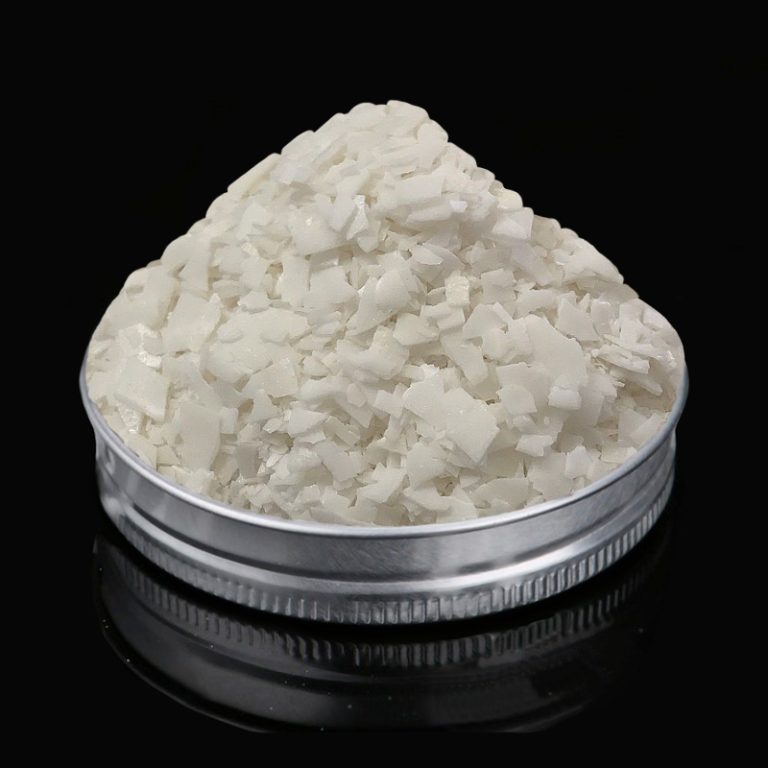In this article, we intend to explain the structure and properties of flexible PVC products. PVC is a semi-crystalline polymer whose tensile modulus is in the range of 2400-4140 MPa depending on the type of formulation. Flexible PVC can be produced by adding a sufficient amount of some additives such as softeners and lubricants. Of course, there are other additives such as stabilizers, pigments, fillers and flame retardants in flexible PVC formulations.
Flexible PVC formulations have a lower mass density and weaker flowability properties than the normal formulations of this polymer. Meanwhile, in most cases, antistatic additives should be used to improve the flowability of these mixtures. Flexible PVC compounds in many applications must have invariable properties at high pressure.
Properties of flexible PVC products
In the case of flexible PVC formulations, some properties such as tensile strength, elongation at break, modulus, hardness, wear resistance, electrical properties and flame resistance are more important than other properties. Tensile friction and elongation at break point are most dependent on the molecular mass of PVC resin and the amount and type of softener used.
The higher molecular mass of the resin will increase the tensile strength and elongation at the higher breaking point of the mixture. The 100% modulus, which is the stress value at 100% of the sample length increase, is also an important parameter for measuring the stiffness of flexible polyvinyl chloride products.
Another important property of flexible PVC products is the hardness, which is generally measured by performing the Shore A hardness test. In measuring this property, it should be noted that the amount of hardness increases with time in the early stages after molding and processing.
Another property of flexible PVC products that is important in applications such as flooring and shoes is wear resistance, which means reducing the weight of the sample after 100 rounds of wear.
Types of polyvinyl chloride resins used to produce flexible products
Different types of resins of this polymer can be used to produce flexible polyvinyl chloride products. Of course, the most commonly used resin is a suspension resin with a molecular weight in the medium to high range. The reason for this is that these types of resins have good porosity and help absorb the softener. The use of high molecular weight PVC resin in flexible formulation means that a higher process temperature is needed to reach the optimal melting state.
A resin with narrow particle size distribution is used to prepare flexible PVC formulation.
The particle size and particle size distribution of the two emulsion and microsuspension PVC resins are different, and in the microsuspension resin, less surface agents are used, and as a result, this resin is less sensitive to moisture.
The structure of PVC resins that can be used in flexible products
An important point in the properties of PVC resin is the semi-crystalline nature of this polymer. The existence of small crystalline areas among the amorphous areas of softened PVC creates resistance to creep, compressive deformation and thermal deformation. Most of these crystals are melted by the high temperature of the forming process and are re-formed in the next steps by cooling the molten PVC.
As you know, the phenomenon of anti-plasticization is a phenomenon related to PVC that occurs in small amounts of plasticizer. Among the factors affecting the anti-softening phenomenon are hydrogen bonds and van der Waals forces, which partially reduce the amount of free volume between polymer chains. Another problem that is usually observed in flexible polyvinyl chloride products is the creation of fish eye defects during mixing or extrusion of the mixture. The reason for this is that some PVC particles are not melted enough during the process and do not absorb softening polymer like other particles.
Additives for flexible PVC formulations
As mentioned, flexible PVC formulation has additives such as softeners, stabilizers, lubricants, fillers and flame retardants. In general, additives are substances that are physically distributed in a polymer matrix and do not have a significant effect on the molecular structure of the polymer, that is, only a few properties are changed, but the structure of the polymer remains intact.
Softener
The main additive in flexible PVC formulations is softener. PVC softeners are available in different types of phthalates, aliphatic diesters, phosphates, epoxies, polymer softeners, trimilates and special softeners.
From the first type of softeners, we can mention dialkyl orthophthalates, alkyl benzyl phthalates, dialkyl terephthalates, epoxies and aliphatic carboxylic diesters.
filler
In general, adding filler to PVC for economic reasons is to change the physical and mechanical properties or improve the rheological properties of the mixture. PVC fillers exist in different types of solid, liquid and gas, and by occupying a volume of material, they reduce the overall price.












بدون دیدگاه